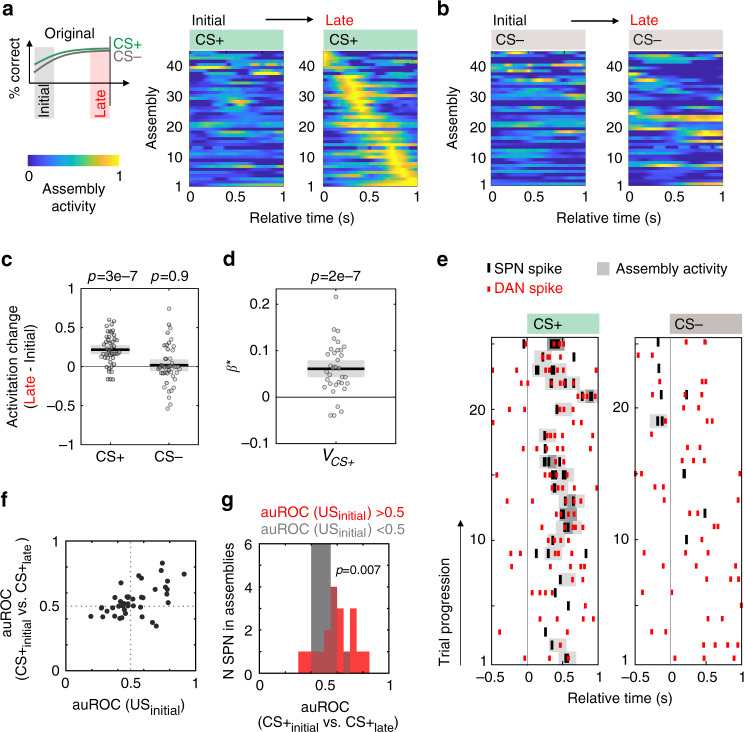Fig. 5. SPN–DAN assemblies emerge with learning.
a, b Activity of directional SPN–DAN assemblies after CS+ and CS− onset. To capture learning, activity was separately averaged for the 12 initial and 12 late trials (original phase). Same normalization for each assembly across the four panels. c Difference in mean activity between late and initial trials of directional assemblies at CS (original phase, two-sided Wilcoxon test, n = 45, data displayed as mean ± S.E.). Throughout this figure: CS window = 0–0.7 s from CS onset. d Standardized and transformed β* coefficients of the Poisson regression of assembly activity at CS+ on the subjective value VCS+(t) assigned by the animal to CS+ at each trial of the original and reversal phase. VCS+ was estimated from the behavioral data with a Q-PHf reinforcement learning model (see Methods). β* coefficients were greater than zero (two-sided t-test), confirming a positive correlation between SPN–DAN assembly activity and value assignment. Regression performed on all SPN–DAN assemblies. Among the 31 assemblies with positive β*, 26 had lag>0. Only significant β* displayed (n = 35, data displayed as mean ± S.E.). e Peri-stimulus raster plot of a SPN and a DAN forming an assembly correlated with VCS+ (assembly activity shown in gray, darker = stronger activation). Assembly with Δ = 0.12 s and lag (SPN preceding DAN). f For SPN participating in SPN–DAN assemblies, the plasticity at CS+ () was compared with the initial activity of SPN at US (). Each data point marks the mean auROC of spike counts in the original and reversal phase of one SPN. g Distributions of for SPN with excitatory (>0.5) or inhibitory (<0.5) response to US. SPN with an excitatory response to US in the initial trials showed a reinforced response to CS+ in the late trials (two-sided Wilcoxon test). Source data are provided as a Source data file. See also Supplementary Figs. 9–11.

